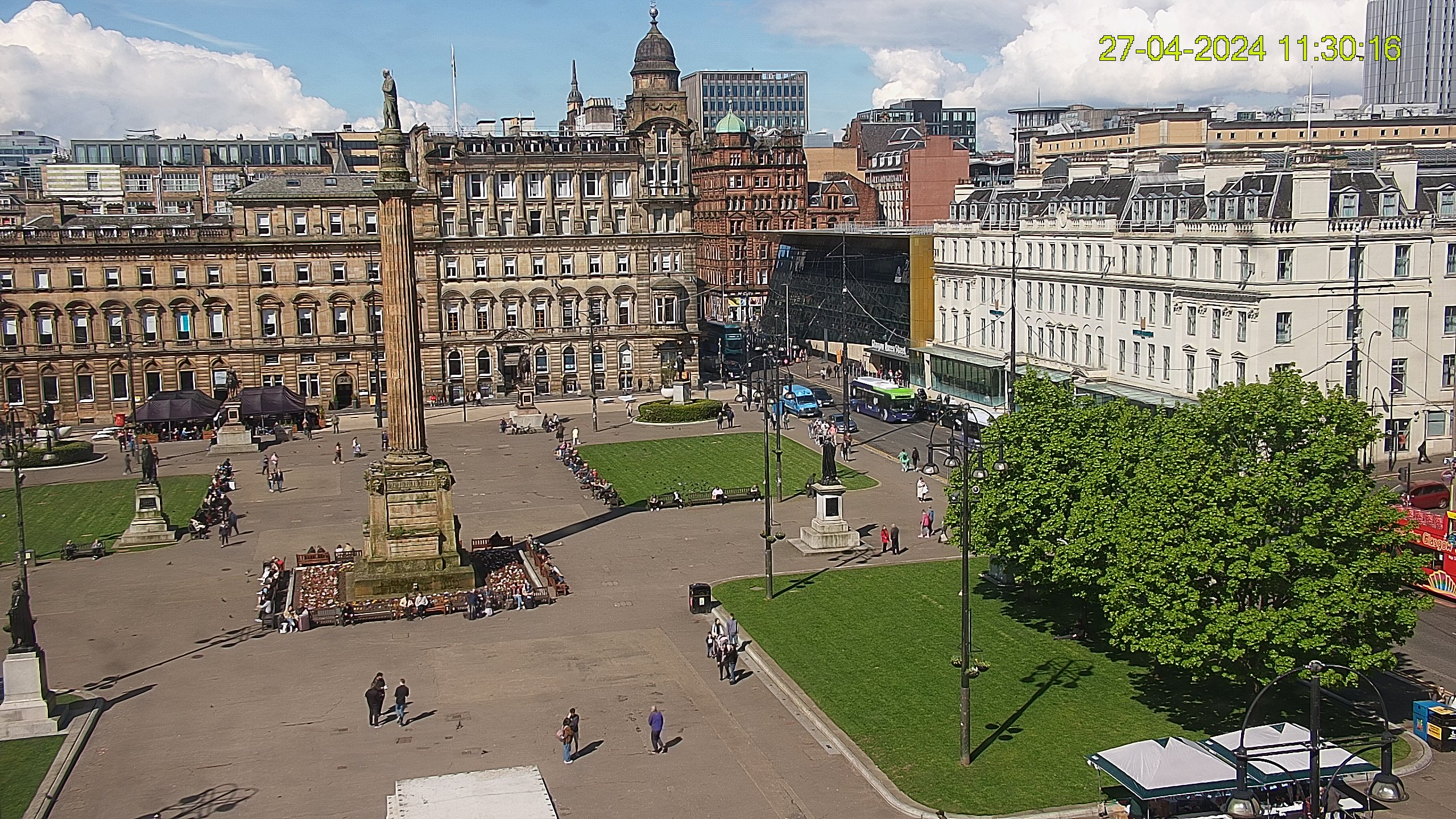By Gareth. i.e. verbose entry warning...
I watched a debate the other night between amongst others George Monbiot on one side and Lord Nigel Lawson on the other (Maggie's chancellor of the exchequer) and something Lawson kept bringing up that was not properly refuted by Monbiot bugged me. It was this: "Global warming has stopped in the last decade". Monbiot's refutation was that 8 out of 10 of the hottest years on record have been since 2001. Which is absolutely correct, but argued Lawson, using an analogy, if population growth stopped in 2000 the last few years would still have the highest recorded number of people on the planet (ie growth stagnated). So, with that in mind I thought I'd get hold of any evidence Lawson had to prove his point then look at the data which exists in the public realm to try and back that up. With a little help from a timely Guardian article I found that Lawson is Chairman of the board of trustees of the Global Warming Policy Foundation and that their website hosts the image I've added below showing an apparent cooling or end of global warming on the header of each page (sorry it's small go to the website to see it more clearly). So here it is, Lawson's evidence for the end of global warming.
Next step, try and reproduce it using any of the global datasets that exist. I.e. the ones from the UK Met Office (HadCRUT), NASA (GISS) and the National Climatic Data Center in the US (NOAA).
I've attached another two images. The first is the entire record of temperature on land and ocean for the last 100+ years (depending on dataset, e.g HadCRUT goes back to 1850) for all three datasets. This is no small piece of work, it comes from multiple measurements and many stations around the globe and has nicely been hosted for us all to look at at the above websites (who said we couldn't get access to this stuff?!).
The first thing to point out is that any monkey could tell you that the overall trend here is 'up' ie warmer and that if you took any one ten-year section you could probably find a decrease in temperature and conclude that global warming had stopped when the overall trend is still, our monkey tells us, UP. In other words we have natural variability in the climate. But let us ignore that for it is not convenient in my search for something to back up the claim that global warming has stopped in the last ten years. How best to do this? Well, the best way I can think to do this is pick the hottest year on record (that has the biggest positive anomaly from the baseline), from the one data set that works best for us to be our starting point, then see the decline from here on in. To do this we have to ignore the NOAA and GISS datasets as they have 2005 as the hottest year and it's quite tricky to claim global warming has ended when the hottest year on record is within your frame of reference. No, much better would be to pick the the HadCRUT data (red line on above figure) as this has 1998 as the hottest year, and well, it's British so it must be better. Now, what else can we do? Well, 2009 so far is looking pretty warm on the grand scheme (see that awkward upwards tick at the end of the red line above), and you know it's only December, so we don't have a full years record yet so let's drop that point and just use 1998 to 2008 and have a look at the beautiful decline like on Lawson's website header.
Wait, what's that? Even when I do that (last image) I STILL get an upwards trend on all three datasets. Bugger. Oh well, maybe I'll just re-draw my own image with fictitious points to match my argument (you'll note that as the Guardian article above points out this image has 2003 and 2005 level pegging for temp on their image, they aren't, and 2006 and 2007 warmer than 2004, again they're not) and put that on the top of my website, much better.
UPDATE: I just noticed, after having written this, that real climate beat me to it a few months back. Still it's good to do these things for yourself every now and then huh?!
Thursday, December 03, 2009
Climate Tricks
Subscribe to:
Post Comments (Atom)




No comments:
Post a Comment